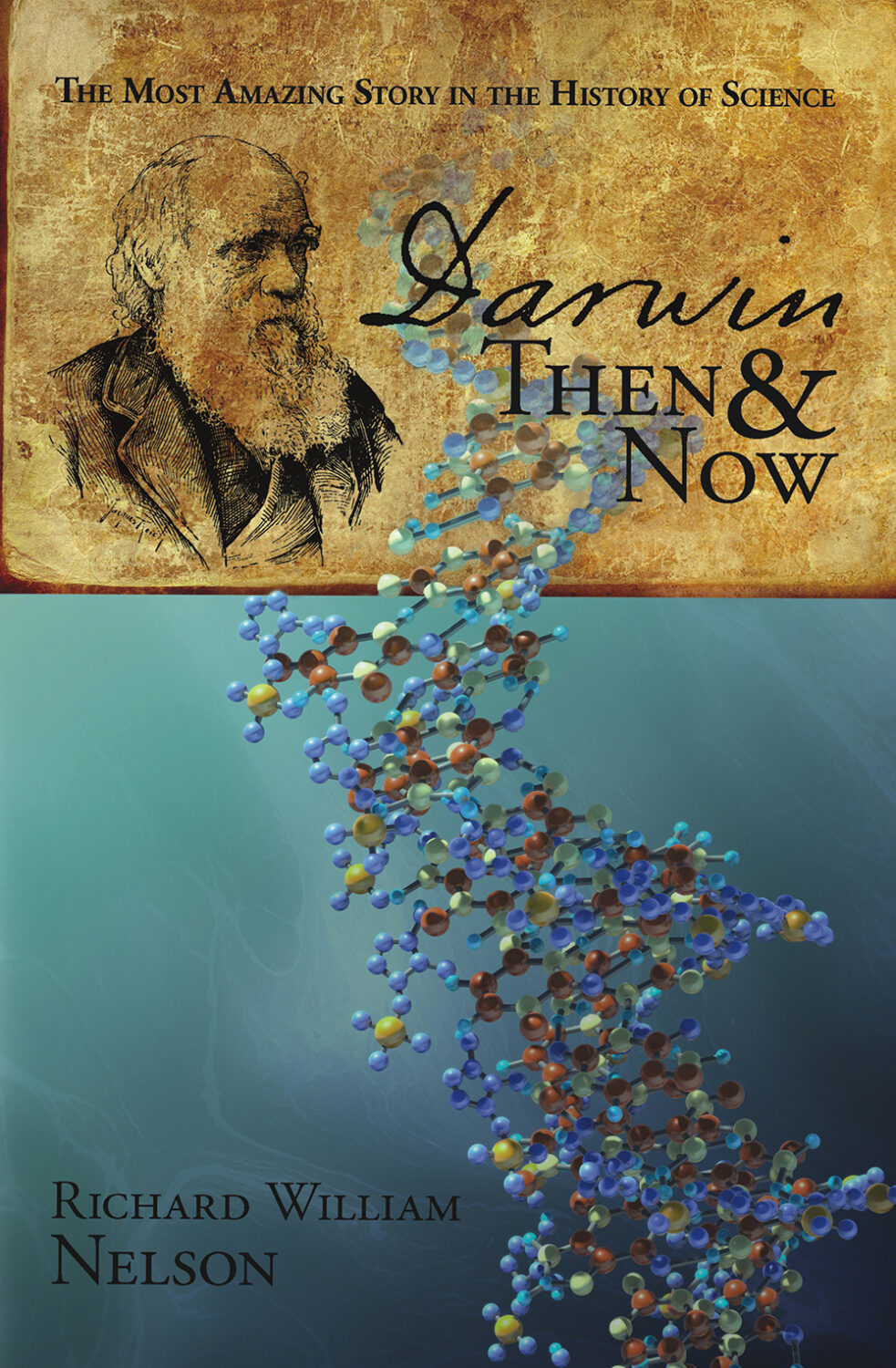by Richard William Nelson | Mar 31, 2021

The platypus puzzles naturalists and scientists alike. While its bizarre characteristics seem to defy a natural explanation, the platypus may be a classic transitional link. Like a reptile, it lays eggs, yet, it nurses with milk without nipples. As one of the least understood living mammals, and unlike any other known species, it has ten sex chromosomes. The platypus produces venom, like a reptile, and uses electroreception, like a shark – a puzzle known as the platypus paradox dilemma.
That’s not all; the list of oddities goes on. To gain an understanding of this evolution icon, scientists have long-awaited insights from its genome. This January’s journal Nature reports on the most comprehensive investigation of the platypus genome ever performed.
Continue Reading
by Richard William Nelson | Mar 10, 2020
 The fate of Charles Darwin’s finches is a fascinating saga. Far from England on the equator in the Pacific Ocean lying more than 800 miles off the west coast of Ecuador, the finches Darwin captured on the Galapagos Islands (pictured left), except for one tag, are now missing. As one of the most controversial birds in modern history, the fate of Darwin’s finches belies their current iconic status.
The fate of Charles Darwin’s finches is a fascinating saga. Far from England on the equator in the Pacific Ocean lying more than 800 miles off the west coast of Ecuador, the finches Darwin captured on the Galapagos Islands (pictured left), except for one tag, are now missing. As one of the most controversial birds in modern history, the fate of Darwin’s finches belies their current iconic status.
Reaching the Galápagos Islands on September 15, 1835, more than four years after leaving England, the HMS Beagle started preparations to set sail from the island just five weeks later. Darwin had collected many different types of specimens during that time, some weighing up to 500 pounds each. Although typically an avid collector and note-taker, Darwin surprisingly did not record the number of finches collected nor the number loaded onto the ship.
Continue Reading
by Richard William Nelson | Dec 29, 2016
 To think that shape affects function – or form follows function – is an implicit assertion used ubiquitously throughout the evolution industry. This assumption, however, is untested. As an evolutionary biologist, Fouad El Baidouri (pictured right below) of the University of Lincoln, UK, explains –
To think that shape affects function – or form follows function – is an implicit assertion used ubiquitously throughout the evolution industry. This assumption, however, is untested. As an evolutionary biologist, Fouad El Baidouri (pictured right below) of the University of Lincoln, UK, explains –
“Despite a few pioneering attempts to link bacterial form and function, functional morphology is largely unstudied in prokaryotes [microbes].”
Continue Reading
by Richard William Nelson | Aug 25, 2016
 The mystery behind the superiority of bird eyesight over humans is now more mysterious than ever. Joe Corbo, staring into the eye of a chicken seven years ago, saw something startling carpeting the retina. Rather than random distributed color-sensitive cones, like in humans, Corbo observed a uniform distribution of the cones – a pattern previously unrecognized in birds.
The mystery behind the superiority of bird eyesight over humans is now more mysterious than ever. Joe Corbo, staring into the eye of a chicken seven years ago, saw something startling carpeting the retina. Rather than random distributed color-sensitive cones, like in humans, Corbo observed a uniform distribution of the cones – a pattern previously unrecognized in birds.
Science writer Natalie Wolchover (pictured right below), in A Bird’s-Eye View of Nature’s Hidden Order published in Quanta Magazine in July, reported that while cones were remarkably uniform in distribution, the actual cone locations seemed haphazard. “The dots’ locations followed no discernible rule, yet never seemed too close or too far apart” – a strange mix of bird eye random regularity.
Continue Reading
by Richard William Nelson | Jun 29, 2016
 Britain’s peppered moth has long served as an evolution icon. This month, a new genetic discovery unravels the moth’s once iconic status. As ScienceDaily reports –
Britain’s peppered moth has long served as an evolution icon. This month, a new genetic discovery unravels the moth’s once iconic status. As ScienceDaily reports –
“Researchers from the University of Liverpool, have identified and dated the genetic mutation that gave rise to the black form of the peppered moth, which spread rapidly during Britain’s industrial revolution. The new findings solve a crucial missing piece of the puzzle in this iconic textbook example of evolution by natural selection.”
Continue Reading
by Richard William Nelson | Sep 27, 2013
 As a student at Christ’s College in Cambridge (1827-1831), Charles Darwin was reported given his first microscope by one of his insect-collecting friends, John Maurice Herbert. Today, scientists use satellite nanoscopes to study intracellular molecular dynamics and signaling networks between cells.
As a student at Christ’s College in Cambridge (1827-1831), Charles Darwin was reported given his first microscope by one of his insect-collecting friends, John Maurice Herbert. Today, scientists use satellite nanoscopes to study intracellular molecular dynamics and signaling networks between cells.
While loop networks have long been used in architecture, Uri Alon of the Weizmann Institute of Science is credited with discovering them in biology.
In 2002, Alon published a by entitled “Network motifs in the transcriptional regulation network of Escherichia coli” in the April edition of the journal Nature Genetics. These newly recognized loop networks, however, challenge the theory of evolution.
Continue Reading
by Richard William Nelson | Dec 20, 2012
 Charles Darwin‘s story of how the giraffe got its long neck is one of the most popular and widely-told stories in the history of evolution. At the center of the giraffe evolution story is the African okapi (pictured left).
Charles Darwin‘s story of how the giraffe got its long neck is one of the most popular and widely-told stories in the history of evolution. At the center of the giraffe evolution story is the African okapi (pictured left).
The story begins with Darwin speculating on a transitional link. In The Origin of Species, Darwin wrote –
“It seems to me almost certain that an ordinary hoofed quadruped might be converted into a giraffe.”
Continue Reading
by Richard William Nelson | Dec 4, 2012
 Africa’s majestically bizarre leaf-eating giraffe once served as an elite status symbol. Even from early civilizations, images of the giraffe are etched and sketched into the rock all over Africa. Puzzling over how the giraffe got its long neck and gentle behavior, the giraffe was the prize of Kings.
Africa’s majestically bizarre leaf-eating giraffe once served as an elite status symbol. Even from early civilizations, images of the giraffe are etched and sketched into the rock all over Africa. Puzzling over how the giraffe got its long neck and gentle behavior, the giraffe was the prize of Kings.
In 46 BC, Julius Caesar brought the first giraffe into Europe. Seeming to blend the characteristics of the camel and leopard, the Romans named the giraffe a “cameleopard.” Caesar presented giraffes to lions in Roman arenas to shred and shock audiences.
Continue Reading
by Richard William Nelson | Oct 31, 2012
 As the novelty generating the flight of birds, the feather, the most complex integumentary structure found in vertebrates, has long intrigued and fascinated naturalists.
As the novelty generating the flight of birds, the feather, the most complex integumentary structure found in vertebrates, has long intrigued and fascinated naturalists.
Since Charles Darwin published The Origin of Species in 1859, however, the origin of the feather emerged as a contentious issue. The newfound association between feathers and dinosaurs has only intensified the problem.
Continue Reading
by Richard William Nelson | May 22, 2012
 Andrew J. Wendruff and Mark V. H. Wilson of the University of Alberta added a new dimension to the ongoing coelacanth saga this week in the paper “A fork-tailed coelacanth, Rebellatrix divaricerca,” published in the Journal of Vertebrate Paleontology.
Andrew J. Wendruff and Mark V. H. Wilson of the University of Alberta added a new dimension to the ongoing coelacanth saga this week in the paper “A fork-tailed coelacanth, Rebellatrix divaricerca,” published in the Journal of Vertebrate Paleontology.
In the paper, Wendruff and Wilson present a newly discovered coelacanth species found surprisingly on the rocky slopes of the Canadian Rockies, British Columbia.
The species named Rebellatrix divaricerca means “rebel coelacanth (with a) forked tail.” Far different from today’s Indian Ocean coelacanths, these ancient rebel fast-swimming predators further undermine attempts to develop a cohesive coelacanth evolution saga.
Continue Reading
by Richard William Nelson | Apr 3, 2012
 The sequence of biological events leading to hominin locomotion has long intrigued evolution scientists.
The sequence of biological events leading to hominin locomotion has long intrigued evolution scientists.
Last week, the journal of Nature reported on a hominin-like foot discovered in Eastern Africa.
Entitled “A new hominin foot from Ethiopia shows multiple Pliocene bipedal adaptations,” the finding raises questions about the evolution of hominin locomotion.
Continue Reading
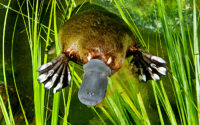

 The fate of
The fate of 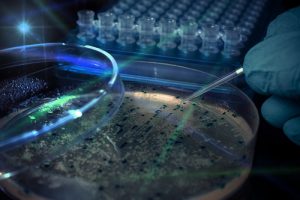 To think that shape affects function – or form follows function – is an implicit assertion used ubiquitously throughout the evolution industry. This assumption, however, is untested. As an evolutionary biologist,
To think that shape affects function – or form follows function – is an implicit assertion used ubiquitously throughout the evolution industry. This assumption, however, is untested. As an evolutionary biologist, 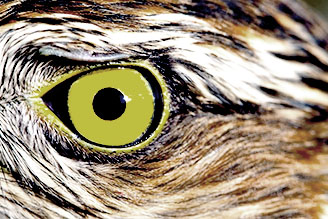 The mystery behind the superiority of bird eyesight over humans is now more mysterious than ever.
The mystery behind the superiority of bird eyesight over humans is now more mysterious than ever. 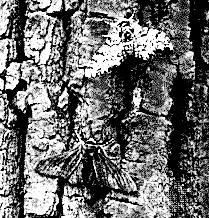 Britain’s
Britain’s 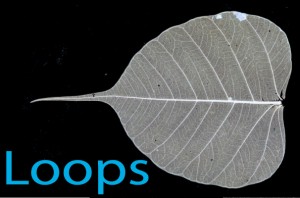
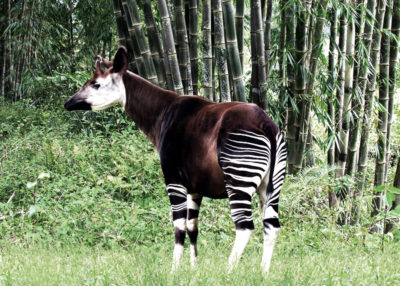 Charles Darwin
Charles Darwin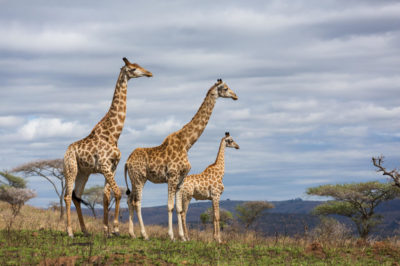 Africa’s majestically bizarre leaf-eating giraffe once served as an elite status symbol. Even from early civilizations, images of the giraffe are etched and sketched into the rock all over Africa. Puzzling over how the giraffe got its long neck and gentle behavior, the giraffe was the prize of Kings.
Africa’s majestically bizarre leaf-eating giraffe once served as an elite status symbol. Even from early civilizations, images of the giraffe are etched and sketched into the rock all over Africa. Puzzling over how the giraffe got its long neck and gentle behavior, the giraffe was the prize of Kings.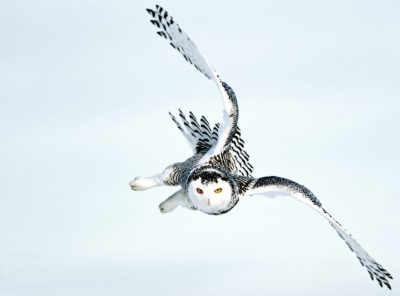 As the novelty generating the flight of birds, the feather, the most complex integumentary structure found in vertebrates, has long intrigued and fascinated naturalists.
As the novelty generating the flight of birds, the feather, the most complex integumentary structure found in vertebrates, has long intrigued and fascinated naturalists.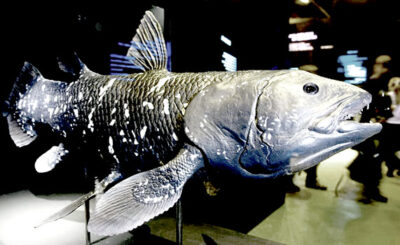 Andrew J. Wendruff
Andrew J. Wendruff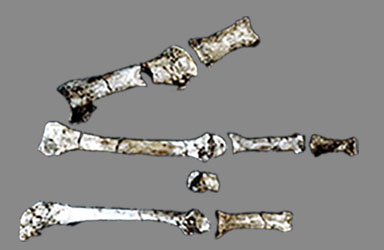 The sequence of biological events leading to hominin locomotion has long intrigued evolution scientists.
The sequence of biological events leading to hominin locomotion has long intrigued evolution scientists.